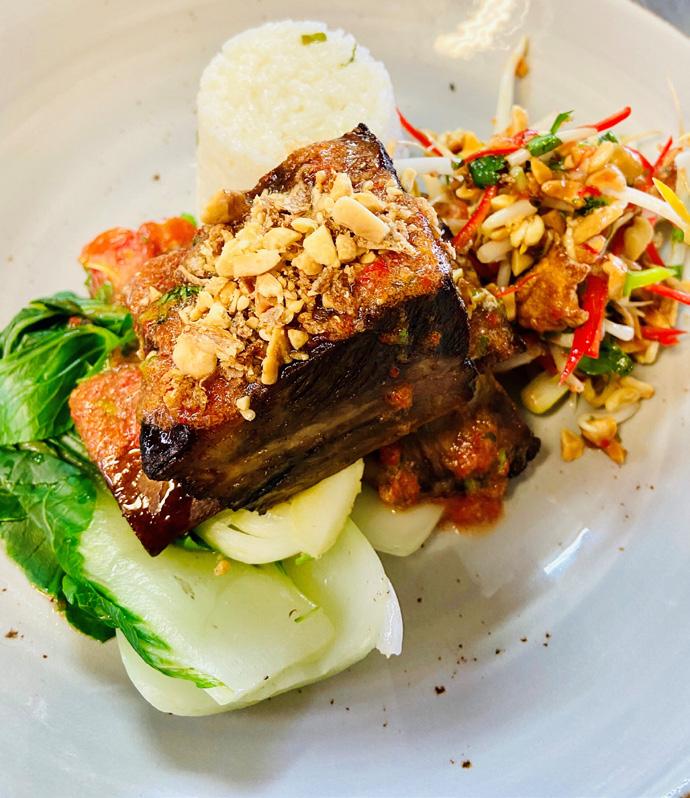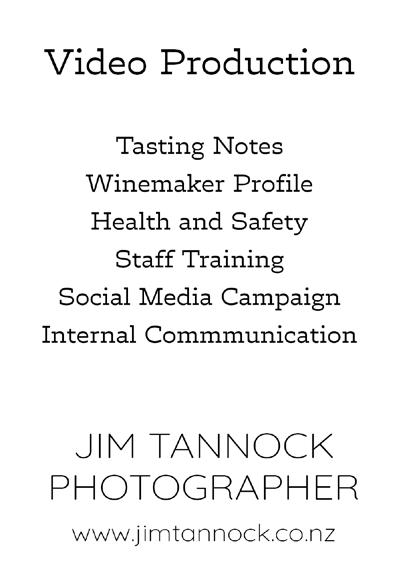
3 minute read
From The Board - Jack Glover
From the Board Our consumers – time to adjust?
JACK GLOVER
Advertisement
ONE THING we have all experienced through the impact of the global Covid-19 pandemic is how our behaviours can quickly change, and what impact this has on our consumer decisions. Changes in consumer behaviour have varied across consumer goods and services, and are influenced by the local, cultural, political and financial situation of where the consumer lives. We have certainly seen changes to consumer habits over the past three to four months, and these changes can be grouped into the five consumer progressions: - Focus on preventative health - immunity-boosting, hygiene products (sanitisers/masks), vitamins and dietary supplements and disinfectants. - Stockpiling grocery essentials - sanitisers, liquid soap, toilet roll, bottled water, dried (pasta), canned, long-life (UHT milk) and preserved food, functional beverages, alcohol, baking ingredients (flour, yeast) and an online sales surge. - Avoidance of non-essential shops and services - food service closed, international travel restricted and shopping centres, gyms, leisure centres, theme parks etc, closed. - Home seclusion - virtual living via virtual gyms/online gaming and socialising, home schooling (educational toys/ books), online shopping, home delivery and streaming, wider uptake of technology by older consumers, and cocooning – DIY, gardening, and home as a wellbeing hub. - A new normal? Globalisation knocked, return of local supply, premiumisation subdued, health paramount, mental wellbeing at forefront, strengthening of online, consumer re-set: city living diminished and working from home a new norm.
For industries now, it is integral to be in touch with what a new normal looks like, and how to reach our consumers as they adjust their behaviours post Covid-19. The impact will influence macro-environments and legislation, supply chain, channel viability and consumer choices. For each of these we need to consider how our individual and collective business models can navigate this consumer change. For wine, how do we navigate: • The current consumer ‘stay-at-home’ bias or the ‘bond and connect’ need. • The loss of significant numbers of on-trade accounts and the fragility of this important channel. • The explosion of online sales, of which alcohol was lagging before Covid-19. • The threat to premiumisation with diminished spending and the rise of value. • Safe shopping – a shift to ‘tried and trusted’ brands. • Counter to globalisation, influenced by lockdowns pushing consumers to shopping more local than ever before. In 2014, at the Romeo Bragato conference, I spoke on the future of marketing for New Zealand wine. In that speech I suggested “we review the traditional must-haves in our go-to market strategy – a story and distribution – against what consumer we want to engage with, what is happening in their buying environment. Delivering a strategy from this is getting future fit and the consumer is at the heart of this’’. This seems relevant now more than ever.
ROSE FAMILY ESTATE 1978


RE S TA U RA N T o p e n 7 d ay s
M o r n i n g T e a/C o ffe e 1 0 am - 1 1 . 3 0 am Lunch served 11.30am - 3pm Meeting room available
SUPPLIERS OF: n Vineyard posts & strainers n Quality timber products n Utility buildings - designed for your
needs
n Locally owned n Working towards the betterment of
Marlborough
TOP DEALS ~ TOP SERVICE
163 Hammerichs Road, Blenheim
Ph 03 578 0221 Fax 03 578 0251
sales@rapauratimber.co.nz
www.wairauriverwines.com






